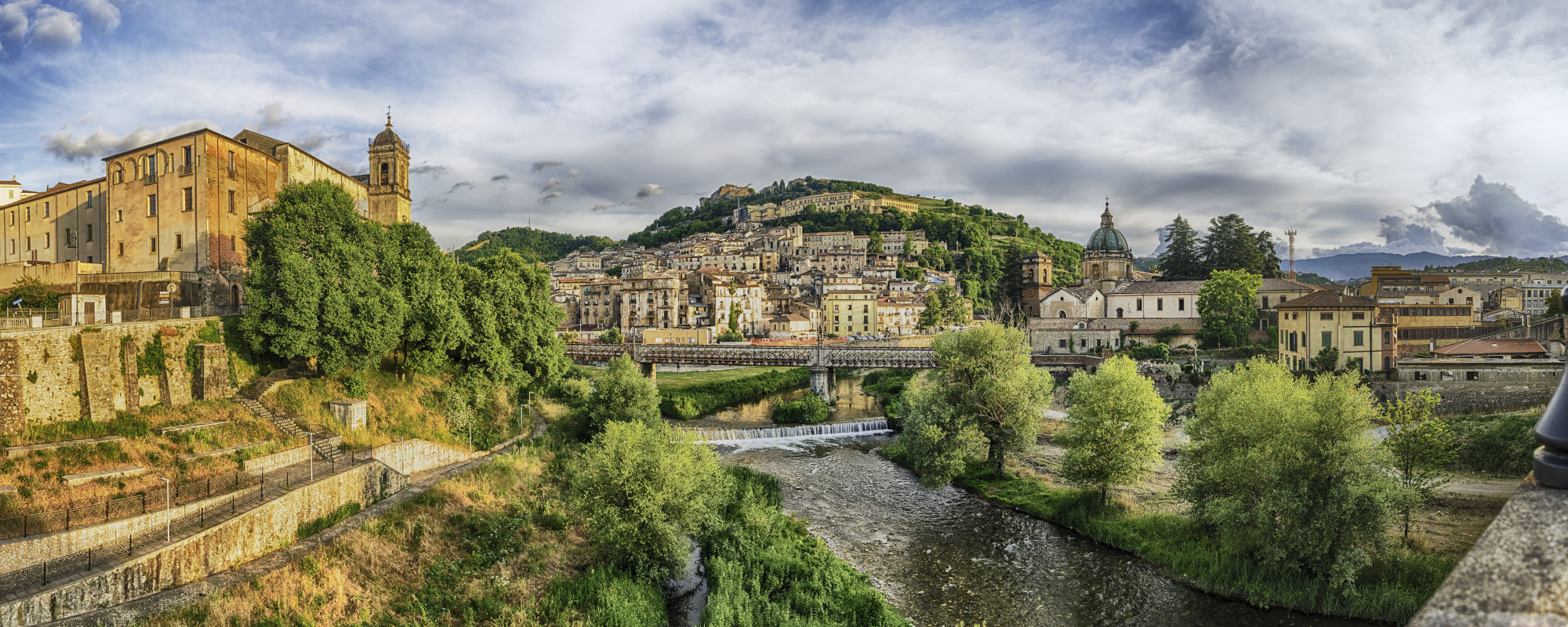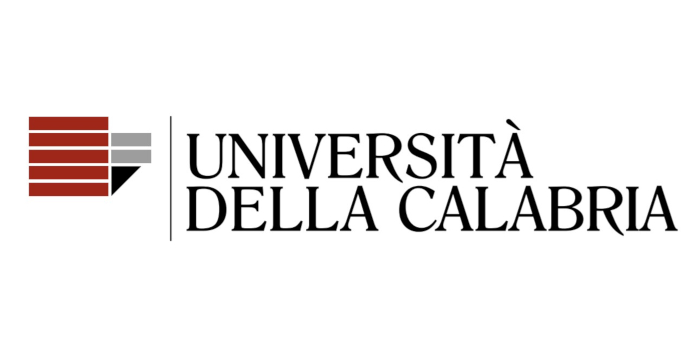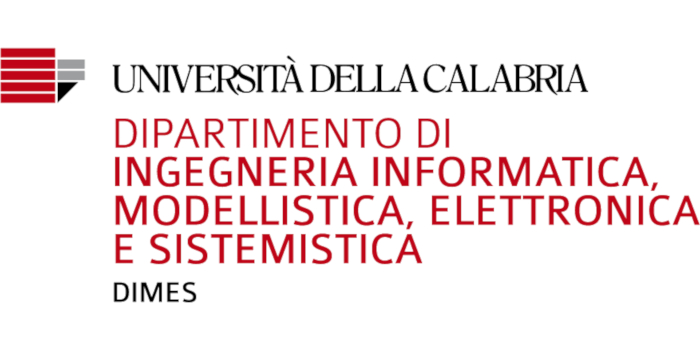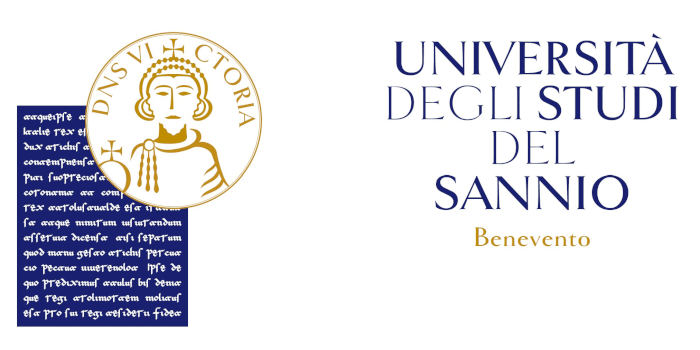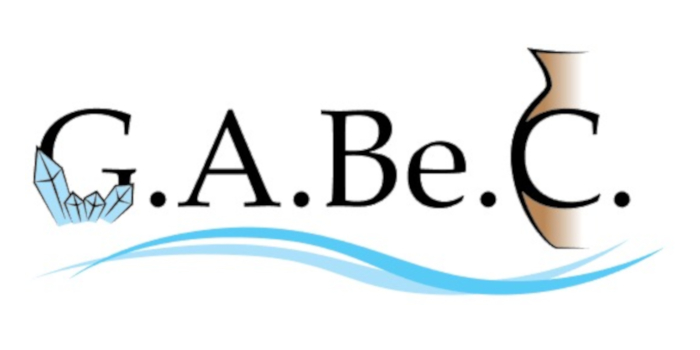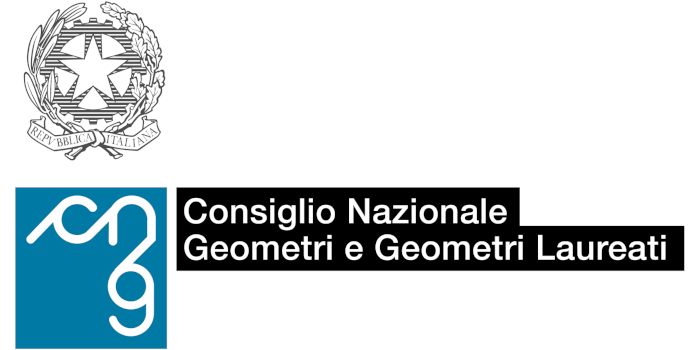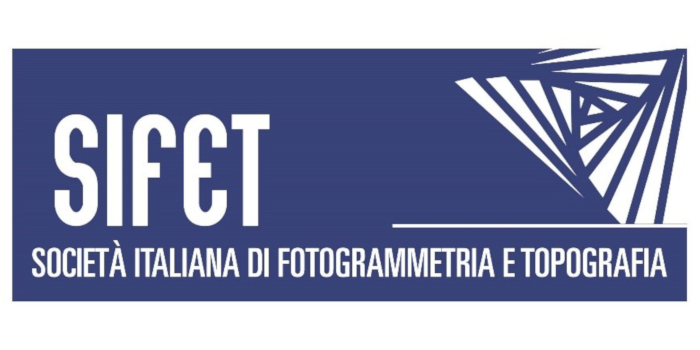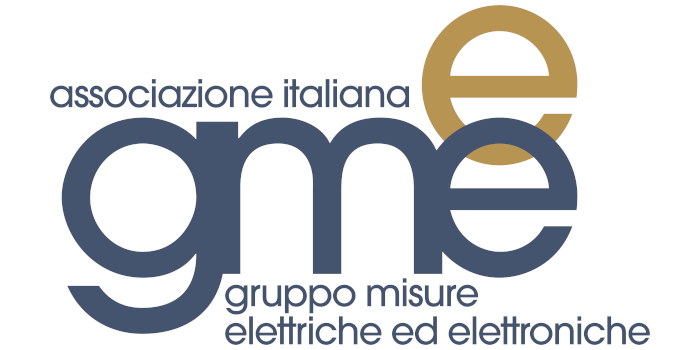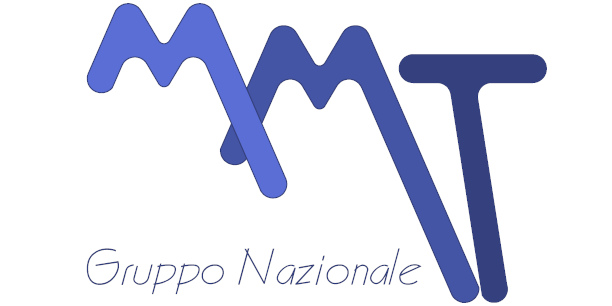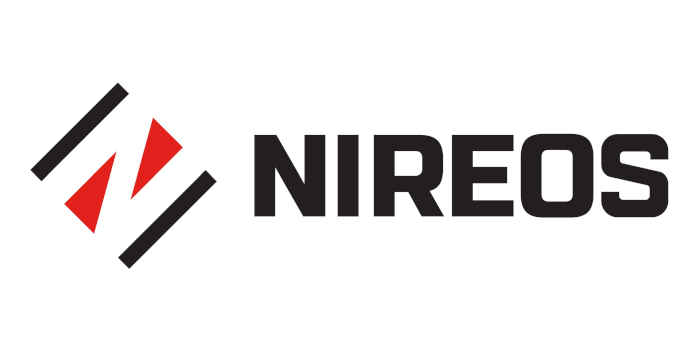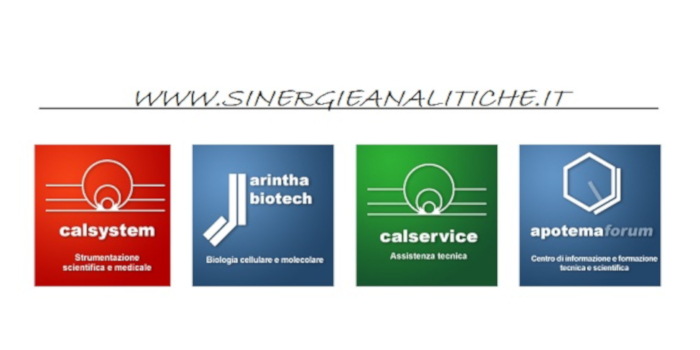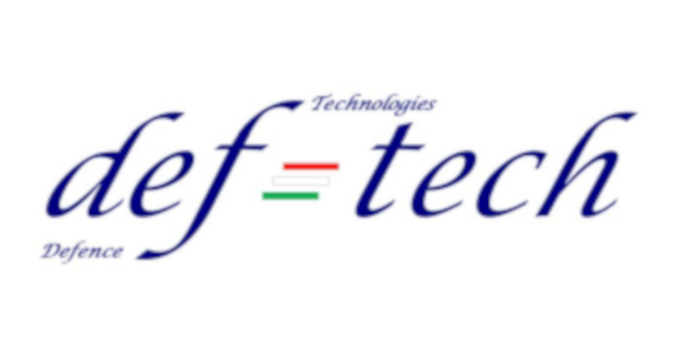On the centrality of metrology. Perspectives from the Rome Transformed project
Ian Haynes
Thea Ravasi
ABSTRACT
Rome Transformed is an ERC founded collaborative project between Newcastle University, the University of Florence, the British School at Rome and the Consiglio Nazionale delle Ricerche. The project aims to advance our understanding of the military, political, and religious transformations of Rome’s eastern Caelian from the 1 st to the 8 th centuries CE. Covering an area of 68.5 hectares of underground and above the ground structural remains, including a 1.5 km long tract of the Aurelian Walls and 0.67 kms of the Claudio-Neronian aqueduct, the project’s methodology evolves a new methodology for complex urban areas, integrating the structural re-assessment of the surviving archaeological evidence with the largest unified campaign of 3D data capture and of geophysical survey programme ever conducted in Rome.
The nature, quality, and size of the structural data collected has made it possible to launch a large-scale programme of analysis from mortared rubble construction, in collaboration with the University of Calabria. The sub-project aims at assessing the nature and extent of imperial investment in Rome’s construction industry during centuries 2 to 4 CE, by developing a comparative qualitative and quantitative analysis of lime-volcanic ash mortars sampled from functionally and chronologically compatible buildings, inside the Rome Transformed research area and from chronologically and functionally comparable sites placed outside. By assessing the qualitative and quantitative composition of mortars, the research will determine the nature, extent, and transformation of imperial economic investment in building during three distinct phases: the Severan period (193-235 CE), the second half of the 3rd century and the early 4th century CE.
SPEAKER BIO
Professor Ian Haynes, principal Investigator Rome Transformed, was awarded an ERC Advanced Grant to launch the Project in 2019. Ian has co-directed the Lateran Project with Paolo Liverani, an interdisciplinary investigation of the archaeology of the Archbasilica of St. John Lateran, and, since 2017, again with Paolo, the British School at Rome-funded SGL2 research programme at the Hospital of San Giovanni Addolorata in Rome. More generally Ian’s interests span the Greco-Roman world from the Archaic Period through to Late Antiquity, and from Central Asia to central Britain. Other recent projects include the Arts and Humanities Research Councl (UK)-funded Expanded Interiors at Pompeii and Herculaneum with Catrin Huber (PI), the Senhouse Museum Trust/Newcastle University -funded excavations of the Roman Temples Project, Maryport, UK with Tony Wilmott and with Lindsay Allason-Jones the British Academy-funded Elusive Sculptures programme which contributes to the Corpus Signorum Imperii Romani. Ian has also had the privilege of working extensively in western Transylvania where has co-directed excavations with Doru Bogdan, Alexandru Diaconescu, Alfred Schäfer and, in Dobrudja with Doru Bogdan and Florin Topoleanu. As a keen exponent of archaeological visualisation / ‘provocation’ as an instrument for advancing the interpretative process, and as part of his research into the culture of Gandhāra, Ian has recently worked with Kay Wannaporn Rienjang, Iwan Peverett and Luca M. Olivieri on a new visualisation of the important complex of Saidu Sharif, Swat in Pakistan.
Dr Thea Ravasi, thea is co-drafter and Archaeology Research Associate for the Rome Transformed project at Newcastle University (UK). Her current research focuses on Roman residential and thermal architecture, but she has also extensively published on Roman trade and economy. She has researched a range of cultural and social contexts, covering a wide chronological period, including the relatively simple Late Republican colonial houses of Cisalpine Gaul, first century elite housing in Pompeii and Herculaneum, the grand aristocratic properties of 1st, 2nd and early 4th century Rome (including what was likely the property of the mother of the emperor Marcus Aurelius, Domitia Lucilla), up to what is considered the most complex, inventive and architecturally challenging of all Roman imperial residences, the villa of the emperor Hadrian in Tivoli, that was the subject of her doctoral research. She has also recently researched the Severan bath complex underneath the Lateran Baptistery in Rome, suggesting a new interpretation of the building’s phasing, architecture, and design. She is particularly interested in the social, cultural, and economic relationship between elite residences and imperial properties, as manifest in several contexts, such as the Horti Spei Veteris/Sessorian Palace in Rome and Hadrian’s Villa in Tivoli and in properties that later entered the imperial domain, such as the Horti of Domitia Lucilla.
